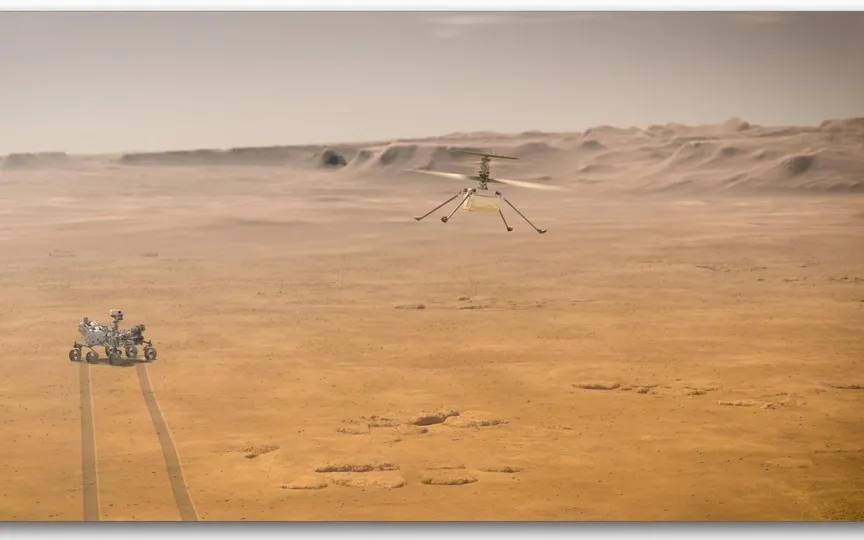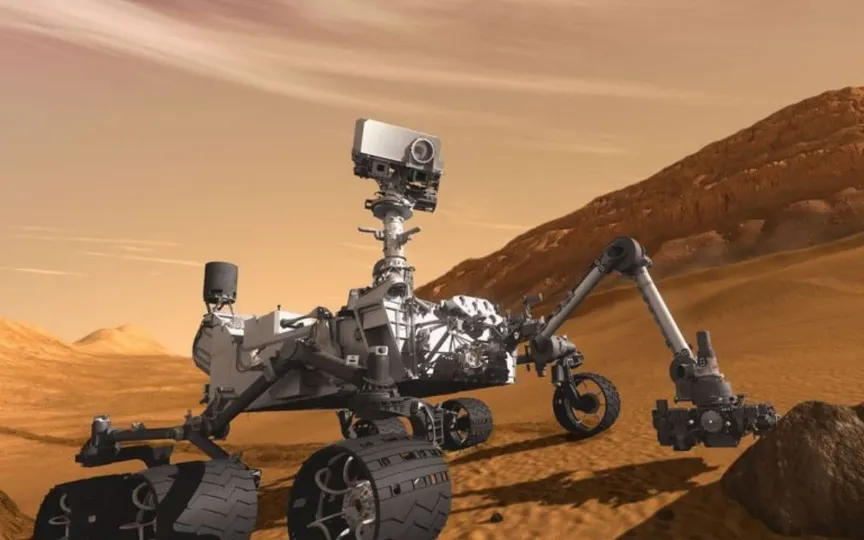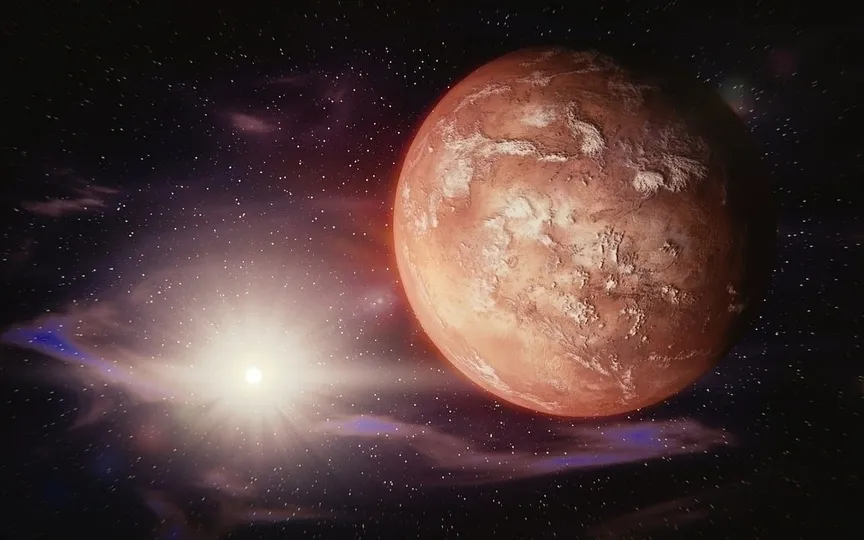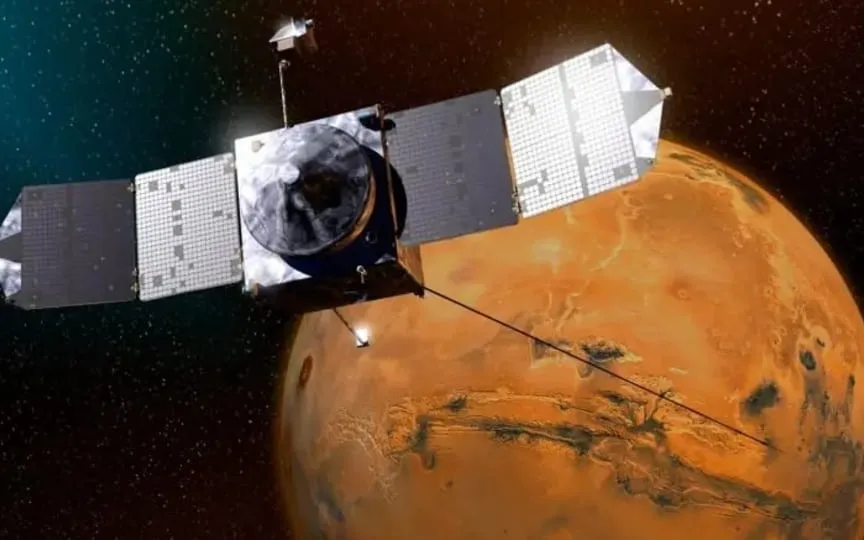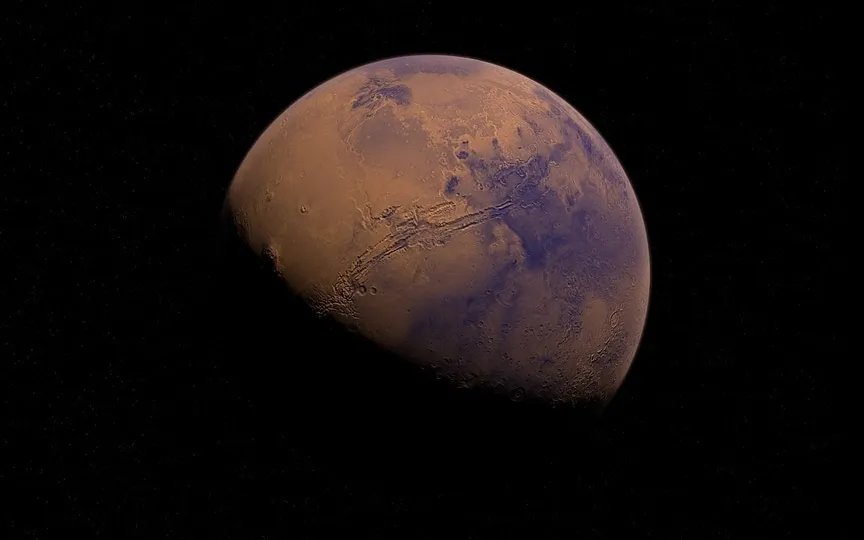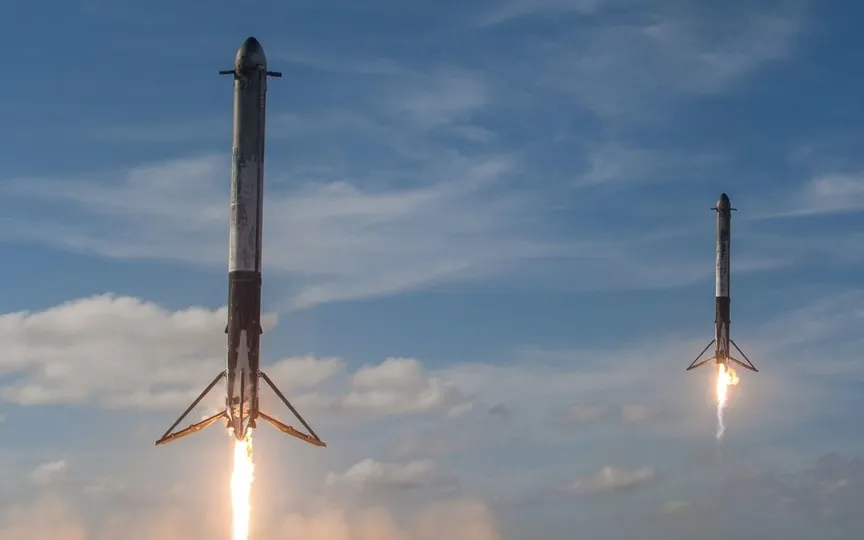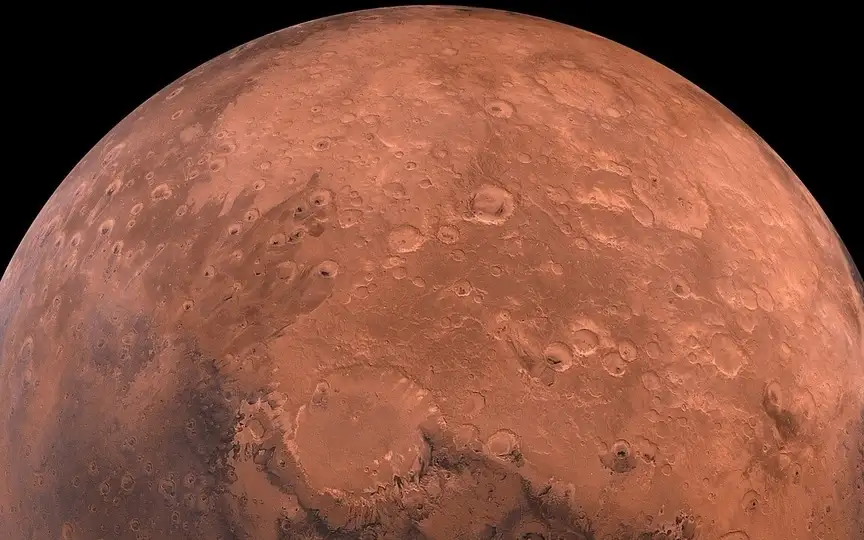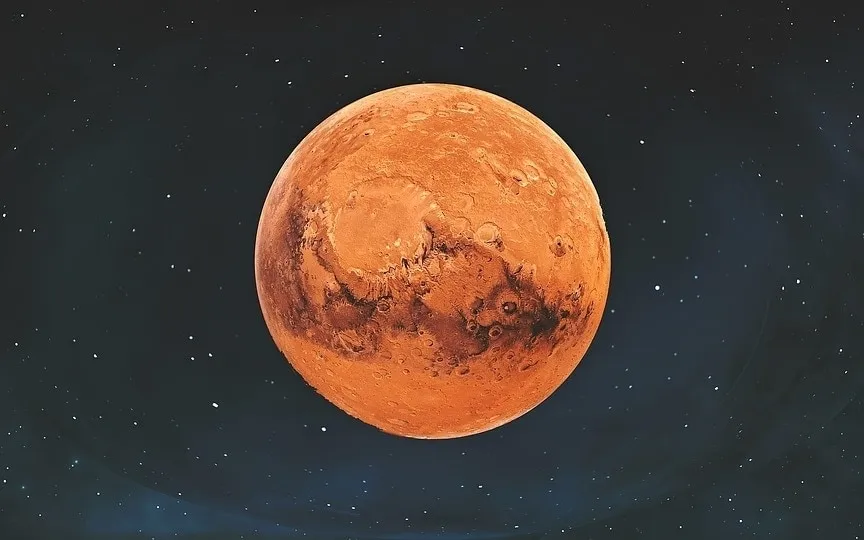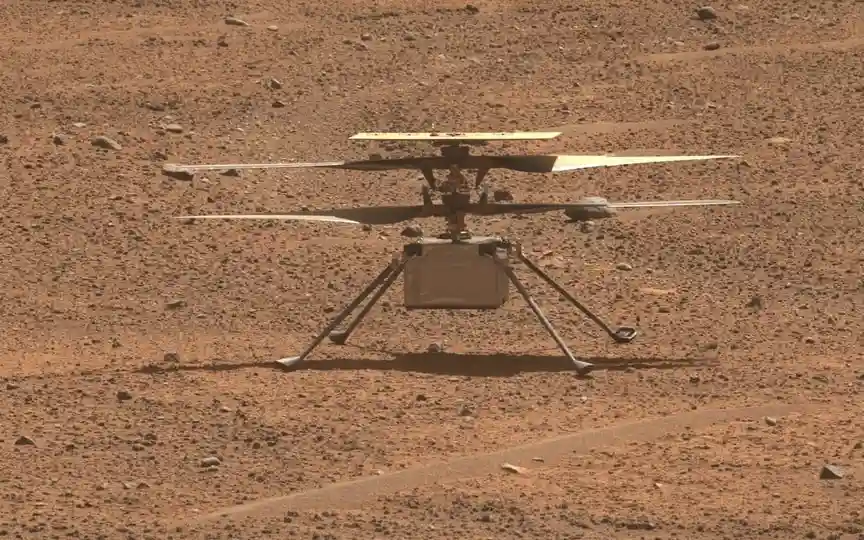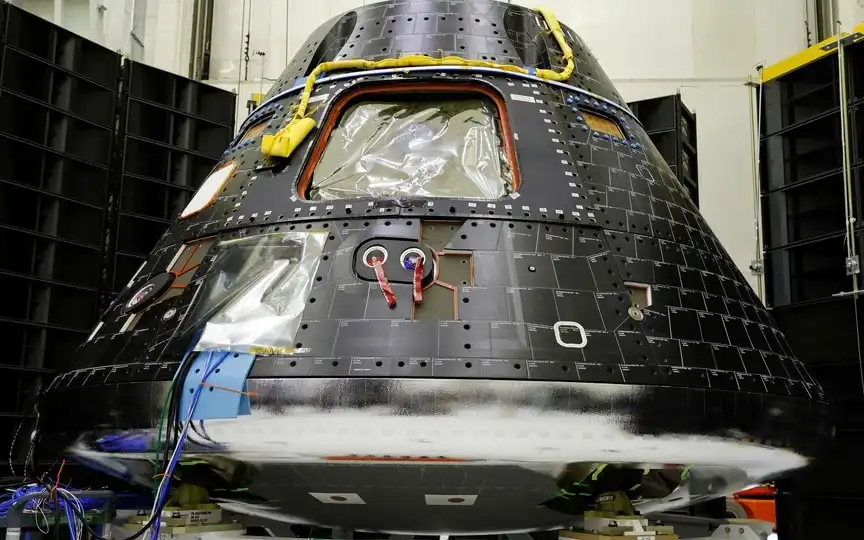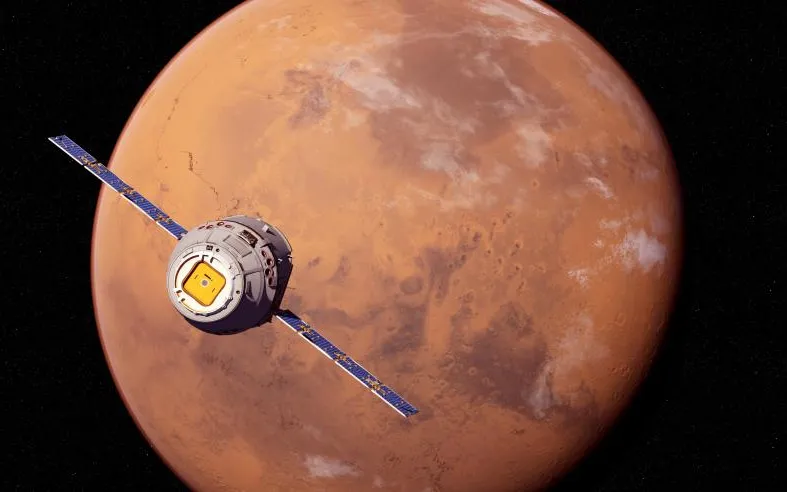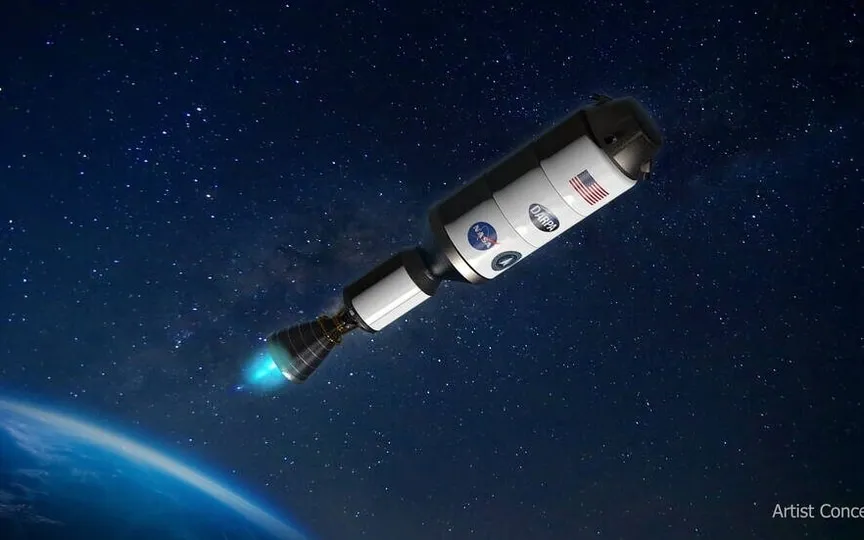Pure sulfur crystals on Mars accidentally discovered by NASA’s Curiosity rover
For the first time, NASA scientists have discovered pure sulfur on Mars thanks to the Curiosity rover accidentally revealing a cluster of yellow crystals while driving over a rock. The area appears to be abundant in sulfur, marking an unexpected find as previous observations only showed sulfur within minerals on the Red Planet. NASA notes that elemental sulfur forming in such conditions has not been linked to the history of this location before. Curiosity broke open the rock on May 30 while driving through an area known as the Gediz…
Read More

